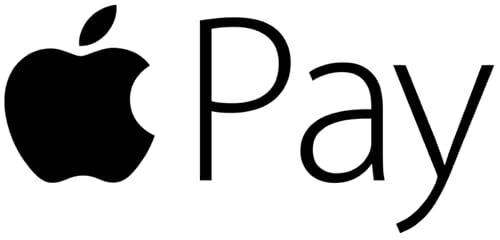
TravelingForMiles.com may receive commission from card issuers. Some or all of the card offers that appear on TravelingForMiles.com are from advertisers and may impact how and where card products appear on the site. TravelingForMiles.com does not include all card companies or all available card offers.
More and more US credit cards are dropping their “foreign transaction fees” and this is giving travelers have more and more options when they go abroad.
Chase has a great range of cards that come with no foreign transaction fees (Sapphire Preferred, Ink, Marriott Visa etc…) and Amex, Citi and Barclays are making strides in the right direction too. One of the best pieces of credit card news in recent months was when Amex finally dropped the foreign transaction fees from their co-branded Starwood Preferred Guest card.
It never fails to surprise me when a hotel-branded credit card comes with foreign transaction fees – like the Club Carslon Visa Card – why would anyone use this card at a Club Carslon property outside the US? The foreign transaction fees automatically negate any loyalty point gains so it makes no sense.
Anyway, despite the fact that there are more cards than ever that don’t charge foreign transaction fees, there is still one major obstacle to using a US credit card abroad – chip and pin.
There’s not a lot you can do when you’re faced with a European self-service ticket machine, toll booth or gas station pump that refuses to accept a US credit card without chip and pin technology. You either pay with a card with 21st century technology or, quite often, you’re out of luck and you have to pay with cash.
But, while there’s not much you can do when faced with a machine that won’t accept your US credit card there is something you can do to make you life a bit easier when you’re traveling abroad – use Apple Pay.
I like the miles and points that I can accumulate with my US credit cards when I travel around Europe but I often encounter two seemingly trivial, but nevertheless highly annoying, issues on a regular basis:
- I come across staff who have never seen a credit card that you have to swipe (they’re usually the younger staff) and I’m left to explain to them what they have to do. This usually leads to an embarrassing delay while the staff member gets to grips with what isn’t the most complicated of procedures and I get a lot of angry glares from shoppers behind me who don’t understand why it’s taking me so long to pay.
- Because no one in Europe has signed a credit card slip since the late 1990’s it’s very common to find yourself at a check-out (usually at a take-away, at a bar or at a grocery store) where no one has a pen. And that makes it difficult to sign the bit of paper that the credit car machine spits out. Cue more delays and more angry glares as someone searches for a pen.
Luckily, as I’ve been discovering, Apple Pay can really help out with this.
Long before Apple Pay burst on to the scene, Europeans were using their credit and debit cards in a very similar way to Apple Pay…via Near Field Technology (which is what Apple Pay is based on). This means that there are a lot of establishments across Europe that already have the necessary machines to accept payment via Apple Pay….and it doesn’t matter which country your credit card is from or if your credit card has chip and pin technology.
I’ve been using my Chase Sapphire card (via Apple Pay) at coffee shops, restaurants and bars across Europe with no need for a pin and no need for a signature. The same goes for my Amex SPG card. I’ve been using that anywhere I don’t get bonused spend (like at supermarkets, dry cleaners and drug stores) and I haven’t had a single issue so far.
 Amex SPG successfully used at a UK Grocery Store
Amex SPG successfully used at a UK Grocery Store
 Chase Sapphire successfully used at a UK Dry Cleaners
Chase Sapphire successfully used at a UK Dry Cleaners
 Amex SPG successfully used at a UK Post Office
Amex SPG successfully used at a UK Post Office
Adding your credit cards to Apple Pay is a pretty simple process.
- Open up the Wallet App on your iPhone
- Tap the “+” sign you’ll see in the top left of your screen
- You’ll see the opening screen for adding a card:
- You now have the opportunity to add a card either by using your phone’s camera or by entering the details manually.
- Check that your card details are correct
- Enter the security code and tap “next”
- Choose how you’d like to verify your card – some card issuers insist you call in while others allow verification by text or email
- Your credit/debit card should now appear in your “wallet” app.
Different merchants will have different limits when it comes to how much they will allow you to spend when using Apple Pay and most will be in the $20 – $50 range (so don’t expect to by a 60″ LCD TV with it) but that should be enough for most situations where using a chip-and-signature card is an annoyance.
Ok, so none of this is rocket science but it’s definitely worth bearing in mind the next time you’re heading abroad. Not having chip-and-pin can be annoying when you’re in Europe and, while clearly not a solution, Apple Pay goes a little way to making life a little easier.




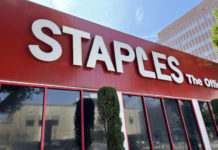
![The ideal 4 card American Express Membership Rewards team [Updated] a glass door with a picture of a man](https://travelingformiles.com/wp-content/uploads/2021/06/Amex-Centurion-Lounge-SFO-featured-741-218x150.jpg)

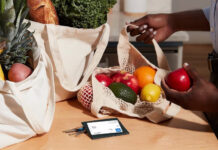


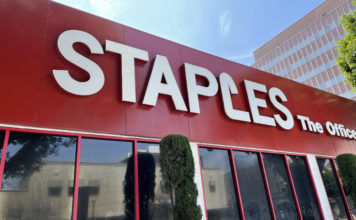
![The ideal 4 card American Express Membership Rewards team [Updated] a glass door with a picture of a man](https://travelingformiles.com/wp-content/uploads/2021/06/Amex-Centurion-Lounge-SFO-featured-741-356x220.jpg)

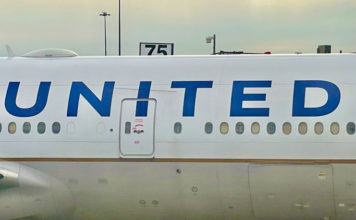







You can just request an SPG and other Amex cards with nfc built in.
True, but not all cards offer NFC at the moment and, by using Apple Pay, you don’t have to carry all your credit cards around – which is something I try to avoid when walking around abroad.
A good tip. But when will US banks catch up to the rest of the world with chip and PIN? It’s no good that US banks loose millions of dollars in fraud and then don’t implement a more secure system as the rest of the developed world has. They seem to think Americans can’t remember a 4 digit PIN.
They’re slowly starting to roll them out now (Barclays USA appears to be leading the way) and, on a very recent trip to NYC, I noticed a lot more chip-enabled machines in the stores. There’s always the possibility that chip-and-pin never really takes off in the US and that they end up skipping it in favour of Near Field Tech (like Apple Pay). Nevertheless, here a recent blog I wrote on the slow (very slow!) rollout of chip-and-pin in the US.